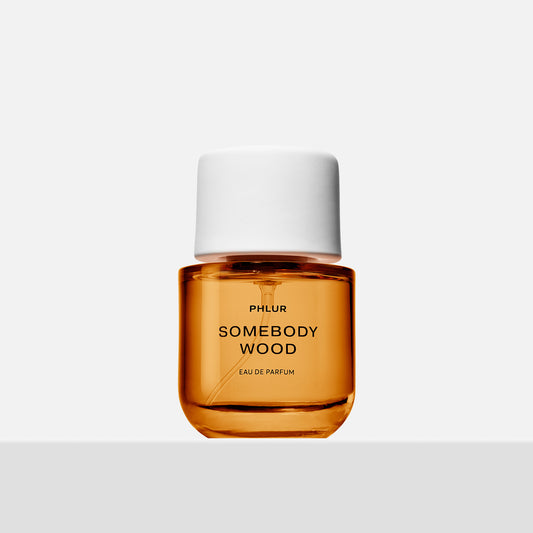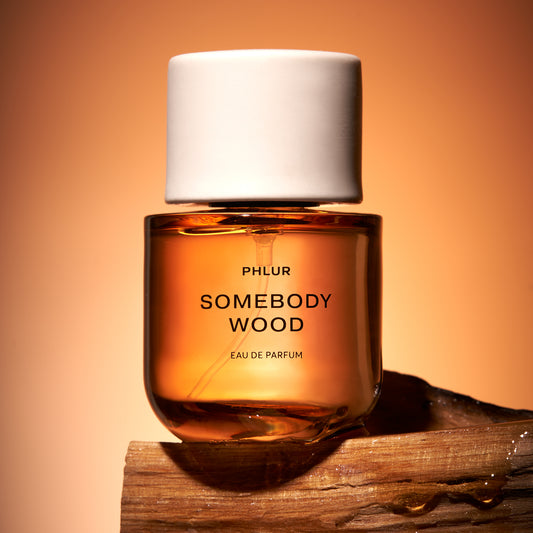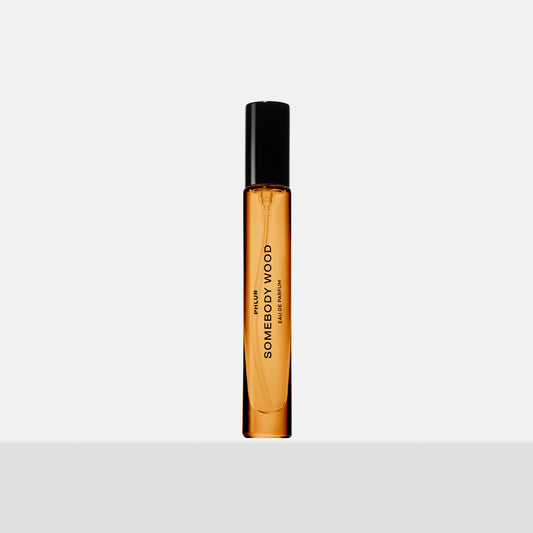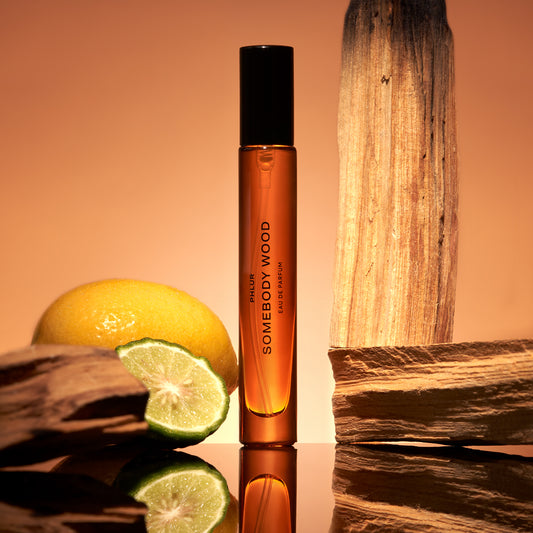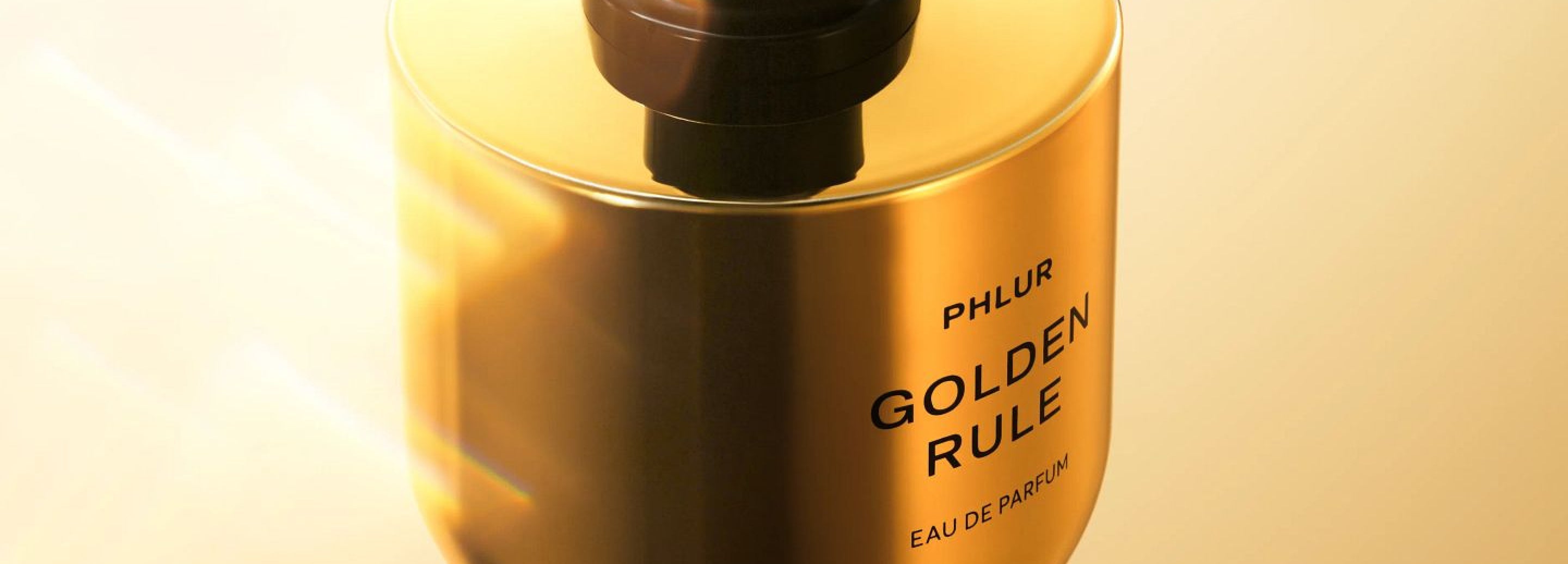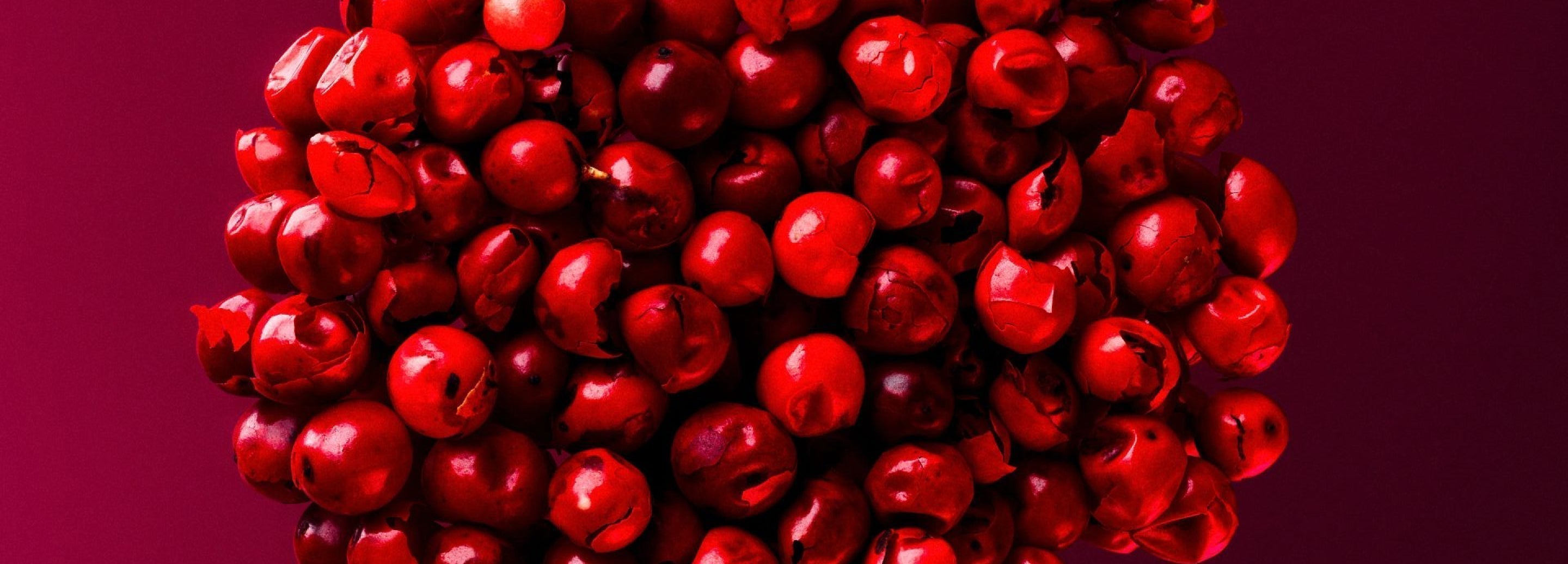What Is Guaiacwood?
Guaiacwood, also known as guaiacwood oil or guaiacol, is a natural aromatic ingredient used in perfume development. Obtained from the wood of the guaiacum officinalis tropical tree, native to South America and the Caribbean, guaiacwood is known for its distinct smoky, woody, and slightly sweet aroma. It adds depth and complexity to perfumes and is often used as a base note for its long-lasting and rich scent. Its unique scent profile makes it a popular ingredient in amber and woody fragrances.
In addition to its olfactory properties, guaiacwood is also incorporated for its fixative properties, which help to prolong the longevity of a perfume. It can enhance the overall performance and stability of the fragrance, making it an important ingredient in perfume formulations. When it comes to creating luxurious, sophisticated and elevated olfactory aromas, guaiacwood is a popular choice for perfumers.
Origin:
Guaiacwood is derived from the wood of the guaiacum officinalis (bulnesia sarmienti) tree, which is a wild tropical tree that spontaneously grows in South America and the Caribbean. At times, referenced by a more common name, Palo Santo, it is recognized by its small, green leaves with an elongated shape. The wood is carefully harvested for its aromatic properties and then steam distilled to extract the precious guaiacwood oil. Indigenous people in South America and the Caribbean have utilized it for generations for its medicinal properties. It was discovered and gained popularity in the world of perfumery during the 19th century, when demand for exotic and unique aromas grew.
Even today, guaiacwood continues to be cherished by perfumers for its unique scent profile and performance-enhancing qualities, remaining a widely used ingredient in the modern perfume industry.
Function:
Guaiacwood adds depth and complexity to fragrances. Its distinctive smoky, woody, and slightly sweet scent, classified as a base note, makes it highly sought after in perfumes. Guaiacwood contributes to the overall fragrance composition, imbuing it with richness and character. Guaiacwood also serves as a valuable fixative in perfumery, extending the longevity of fragrances by allowing them to adhere to the skin for an extended period. This enhances the overall performance of the scent, ensuring it lasts throughout the day.
Ingredient Type:
Guaiacwood is a versatile ingredient used in perfumery, available in natural and synthetic forms. Phlur perfumers utilize a natural guaiacwood sustainably sourced from Asuncion, Paraguay from the guaiacum tree. The guaiacum tree is indigenous to the Caribbean and South America, and is harvested and cherished for its precious and valuable aroma. For some the use of synthetic guaiacwood, synthesized in a laboratory using chemical processes, is more easily utilized for its cost-effective and sustainable attributes.
Scent Profile:
Guaiacwood has a distinct scent profile that can be described as smoky, woody, and slightly sweet or balsamic. Its rich and complex aroma adds depth and character, creating luxurious and sophisticated fragrances. Most often identified as a base note, guaiacwood provides a long-lasting and rich scent that enhances the overall aromatic composition. Its unique scent profile makes it a versatile ingredient, lending itself well to amber, woody, and more masculine marketed colognes. The smoky and woody notes are prominent, with just a hint of sweetness that delivers a unique twist, elevating the olfactory experience.
Variations of Guaiacwood in Perfumery:
Guaiacwood is available in different variations for perfume development, including different extraction methods, blends, or forms of the ingredient. The variations of guaiacwood may include:
-
Guaiacwood oil: This is the pure, essential oil extracted from the wood of the guaiacum tree. It is typically obtained through steam distillation or solvent extraction methods.
-
Guaiacwood absolute: This is a concentrated form of guaiacwood obtained through solvent extraction, resulting in a highly aromatic and potent ingredient.
-
Guaiacwood blends: Guaiacwood may also be blended with other natural or synthetic ingredients to create unique scent profiles or to enhance its performance in a fragrance composition.
-
Guaiacwood resinoid: This is a form of guaiacwood that is obtained through resin extraction, resulting in a more viscous and aromatic resin-like substance.
These are some of the common variations of guaiacwood that may be used in perfumery, each with its own unique characteristics and potential uses in fragrance formulations. Phlur perfumers have chosen the essential oil extracted from the wood via steam distillation that is a sustainable by-product of the wood industry and from the collection of dead branches. Each tree is protected under CITES (the Convention on International Trade in Endangered Species of Wild Fauna and Flora is an international agreement between governments that aim is to ensure that international trade in plants does not threaten their survival) and each tree has to be documented when cut.
What Fragrance Family is Guaiacwood in?
Guaiacwood is utilized in perfumes that are categorized in the Woody or Amber fragrance families. Its unique smoky, woody, and subtly sweet aroma is utilized to help add depth and complexity to fragrances, giving them a warm, rich, and sophisticated character. Guaiacwood's ability to enhance the longevity and stability of fragrances makes it a popular choice, especially in scents known for their earthy, resinous notes.


